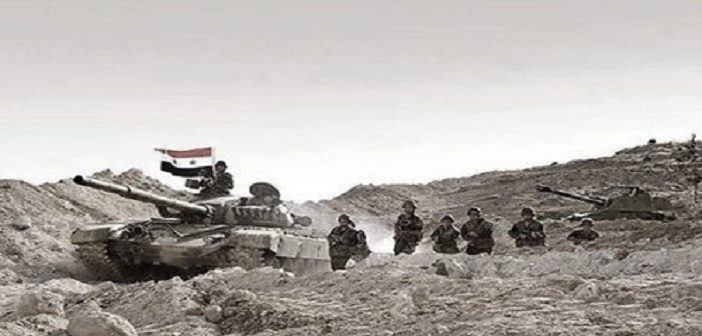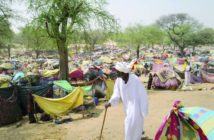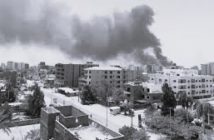Huge advancements have been achieved by the Syrian Arab Army and their affiliates in several directions on the way to the encircled eastern city of Deir ez-Zor during the past months.
The labyrinthine war in the Middle-East has witnessed dramatic changes in the dynamics in the Syrian desert during the past month between the actors on the ground. The Syrian army along with the Russian air force and special forces have advanced and captured massive territories. In the southern region, they’ve encircled and tricked the US backed rebels. In the northern region of the desert, the Damascus government seems to have come to an informal agreement with the Syrian Democratic Forces (SDF, mainly Kurdish – backed by the US), which allows them to push forward on the offensive against the Islamic State (IS).
With the formal ceasefire between the regime and rebels (Astana process) and the informal agreement with the United States and their aligned forces (SDF), Bashar al-Assad has now the capability to use its forces against the Islamic State (IS). Just what Donald Trump hoped and said during his rally speeches before the election: “Assad is fighting IS!”
So, in the north, underneath the territory controlled by the SDF-US forces who are occupied with Raqqa city, Assad’s offensive is progressing well against IS. They can concentrate on the IS without paying attention to their “enemy” (SDF) in the north. In the south, the attack is ongoing and territory is being recaptured along the Jordanian and Iraqi border.
Nevertheless, the real focus lies in the middle of the Syrian desert, east of Homs. Going back to the SAA’s offensive in the north along SDF lines, regime forces has also progressed nearing the heart of the desert.
In the South, along Syria’s border, the government has progressed into the middle of the desert also, achieving the long-awaited capture of al-Sukhna town. This means that in the middle of Syria 40 kilometers separate the Syrian forces which would then encircle the forces of the Islamic State in the middle of the desert. The terrorists would still hold a sizeable territory, but put in a tough position in the waste land.
Thus, the Syrian army has tricked the Islamic State. At time of writing, at one point, 6km separate their forces from encircling IS. At another, eastwards, near al-Sukhna, 30 km separate them. The latter is the more important as it’s closer to Assad’s ultimate goal.
That’s Deir ez-Zor, which has been encircled and under massive pressure by the Islamic State for 3 years. The city lies 110km to the east of al-Sukhna. And probably the attack will be launched therefrom. Launching an attack from the northern front could be too risky as the US supported forces (SDF) are also keen to capture the last remaining major stronghold of al-Baghdadi after Raqqa. Nevertheless, the nearest point to Deir ez-Zor is just from the north, being less than 60 km. However, an offensive from there isn’t likely. The people of Deir ez-Zor are the losers in this game of international relations.
The race is on. Recently (middle of August 2017), the Islamic State mandated forced conscription in Deir ez-Zor to withstand the mounting pressure. The SDF and Assad are raging on towards the city.
Who will capture it first? How will the city of 200,000 citizens (where 90.000 are living under regime territory) be treated? How many airstrikes and executions by all parties will take place? What’s the actors’ exit-strategy? In the coming weeks, we will find out.





